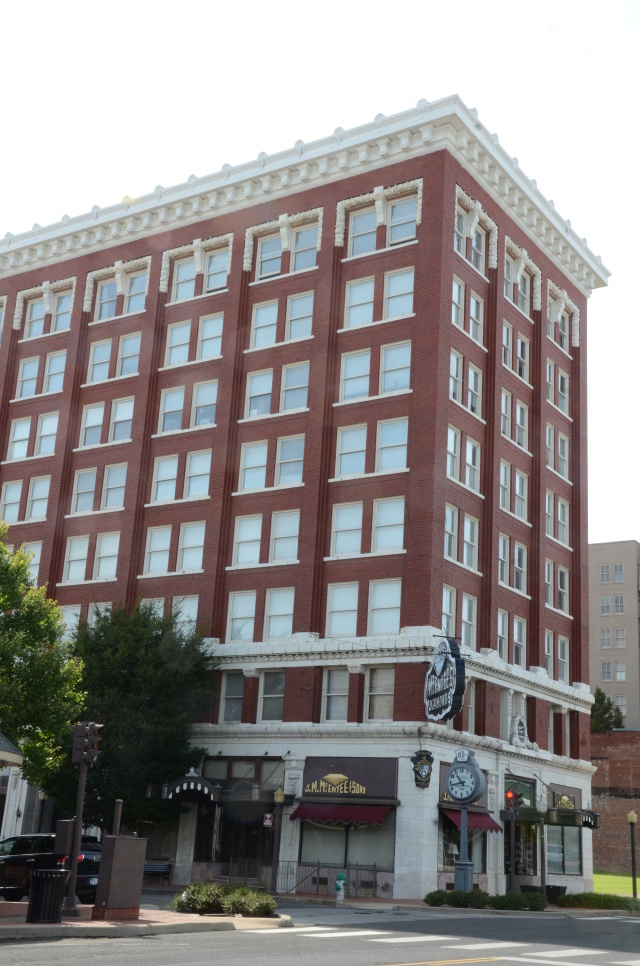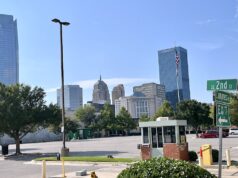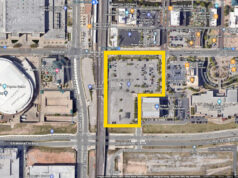
With the current financial state in Oklahoma, it’s easy to overlook the benefits of some programs when trying to balance the budget.
One such program, the historic-rehabilitation tax credit, has a far-reaching impact on not only Oklahoma City and Tulsa, but all of Oklahoma. One look around OKC’s Bricktown, Automobile Alley, Film Row or the Brady Arts District in Tulsa, and you can see how these credits have helped rejuvenate our communities.
But these credits are not limited to major metropolitan areas. One might argue that it’s the smaller communities — such as Perry, Sapulpa, Muskogee and Anadarko — where the impact is most noticeable.
Countless historic (but often blighted) properties offer diverse redevelopment possibilities for investors and allow developers to breathe new life into them while preserving pieces of the community’s history. Yet, many developers have agreed that these projects would not have occurred without the assistance of historic rehabilitation tax credits.
“It’s incredibly capital-intensive,” developer Chip Fudge once commented in a NewsOK.com chat. “The state and federal historic tax credits help drive these redevelopments. These jobs wouldn’t get done without state and federal historic tax credits as well as the infrastructure supported by tax-increment financing.”
The best kind of tax credits
Speaking from a dollars-and-cents perspective, these are the best kind of tax credits to have in our state. They are, without a doubt, revenue generators. To be eligible for state or federal credits, structures must be used for a business or other income-generating purpose and must be certified as a historic structure. Funds are only distributed after the completion of the project and, many times, these projects take years to complete.
In the interim, the projects these tax credits support help put Oklahomans to work in a variety of fields, from construction laborers to architects. In fact, studies have shown that rehabilitating old buildings outperforms new construction in creating economic activity, and that, dollar for dollar, historic preservation is one of the highest job-generating economic-development options available.
An example of how these projects can make a huge impact in the community can easily be seen in Muskogee. A developer successfully completed a $6 million redevelopment of a 1910 downtown building into the Surety Apartments, a senior apartment community providing 37 one- and two-bedroom apartment homes. The project was so successful and well-received by the community that he bought the nearby 10-story Manhattan Building with plans to add more apartments.
Both structures, which had been 90 percent vacant prior to the redevelopment, are near maximum capacity today. Members of the community are within walking distance from a number of retailers and businesses, and it has added vitality to an area that lacked it before.
Preservation credits as a win-win
The developer noted that both projects were only possible due to historic-rehabilitation tax credits. In either case, the project wouldn’t have been economically feasible without them.
Muskogee provides just one of countless examples where historic-rehabilitation tax credits have helped reinvigorate a community while maintaining our history. They are certainly a win-win for both our state and our citizens.






















